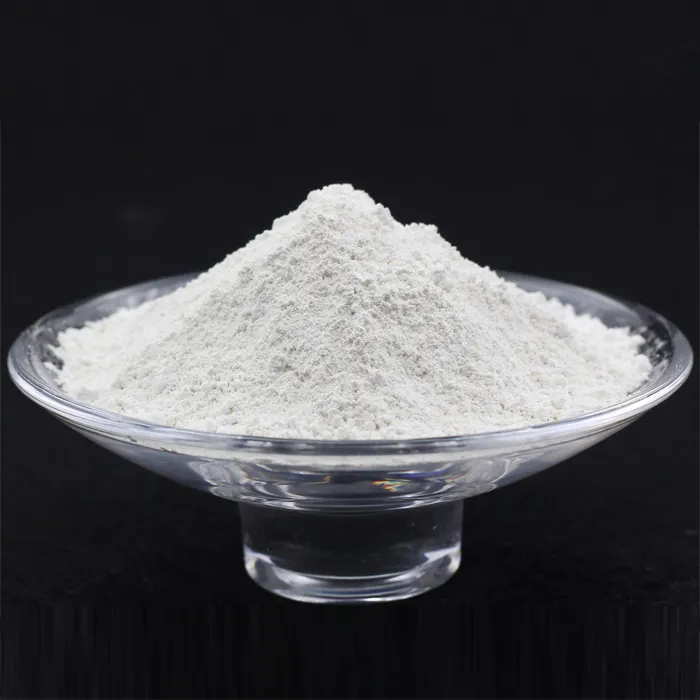Isoflurane A Comprehensive Overview
Isoflurane, a halogenated ether, is a widely used inhalational anesthetic that plays a crucial role in modern medicine. Developed in the 1980s, it has become a preferred agent for maintaining anesthesia during surgical procedures due to its favorable properties, including rapid induction and recovery, along with minimal toxicity.
Chemical Properties and Mechanism of Action
Isoflurane, chemically known as 2-fluoro-2-chloromethyl-1,1-difluoroethyl ether, has a unique molecular structure that contributes to its anesthetic effects. Its volatility allows it to be easily vaporized and administered via a gas mixture, ensuring consistent delivery and control during anesthesia. The mechanism by which isoflurane produces anesthesia involves the modulation of neurotransmitter systems in the central nervous system, particularly through enhancing the inhibitory neurotransmitter gamma-aminobutyric acid (GABA) and inhibiting excitatory neurotransmitters like glutamate.
Clinical Applications
Isoflurane is primarily utilized in general anesthesia. Its effectiveness in inducing unconsciousness, amnesia, and analgesia makes it suitable for a wide range of surgical procedures—from minor outpatient surgeries to major operations requiring prolonged anesthesia. Notably, isoflurane is favored in procedures requiring rapid adjustments in anesthesia depth, as it can be quickly turned on or off, allowing for better intraoperative management.
Moreover, isoflurane is safe for use in various patient populations, including pediatric and geriatric patients. Research indicates that it has a good safety profile and can be used effectively in patients with underlying respiratory issues, although careful monitoring is always essential.
Advantages Over Other Anesthetics
isoflurane

One of the standout features of isoflurane compared to other inhalational anesthetics, such as halothane and nitrous oxide, is its minimal cardiovascular effects
. Isoflurane is known for its stable hemodynamic profile, which helps preserve blood flow and oxygen delivery to vital organs during surgery. This is particularly significant in high-risk surgical patients who may be prone to intraoperative cardiovascular complications.Additionally, isoflurane offers rapid and smooth recovery. Patients typically regain consciousness quickly and experience less postoperative nausea and vomiting, which are common side effects associated with general anesthesia. This contributes to shorter recovery times and quicker discharges from post-anesthesia care units.
Environmental Impact and Safety
Despite its clinical benefits, isoflurane, like other volatile anesthetics, poses environmental concerns due to its contribution to greenhouse gas emissions. It is important for medical facilities to implement protocols for the efficient handling and disposal of anesthetic gases to minimize environmental impact. Furthermore, practitioners are encouraged to use techniques such as low-flow anesthesia, which can significantly reduce the total volume of anesthetic released into the environment without compromising patient safety.
In terms of safety, isoflurane should be administered by trained professionals who can monitor the patient's vital signs and adjust dosage accordingly. While adverse effects are rare, they can include respiratory depression, hypotension, and in some cases, malignant hyperthermia—a life-threatening condition. Therefore, awareness and preparedness to manage such complications are essential aspects of anesthesia practice.
Conclusion
Isoflurane remains a cornerstone in the field of anesthesia, offering numerous advantages that make it a preferred choice for many surgical cases. Its rapid onset and recovery, combined with a stable cardiovascular profile, enhance the overall safety and efficacy of surgical anesthesia. As the medical community continues to navigate the challenges of providing high-quality care while remaining environmentally conscious, advances in anesthetic techniques and technologies will ensure that isoflurane and other inhalational anesthetics remain vital tools in the arsenal of modern medicine.

